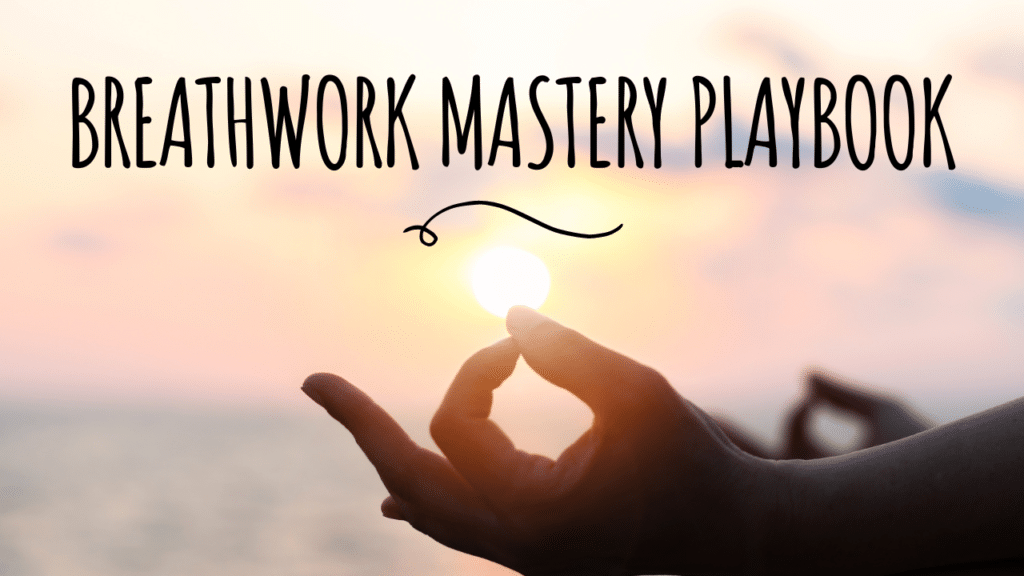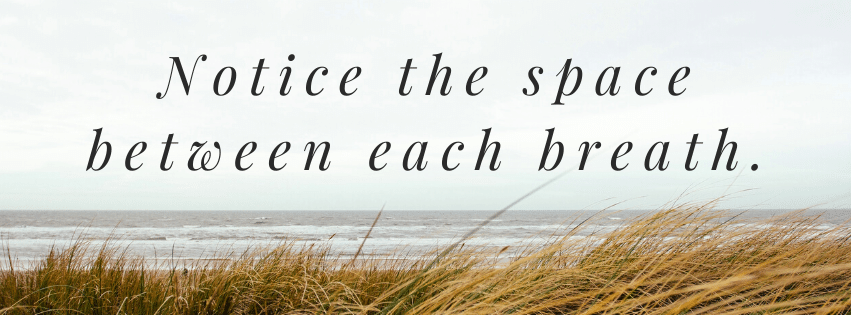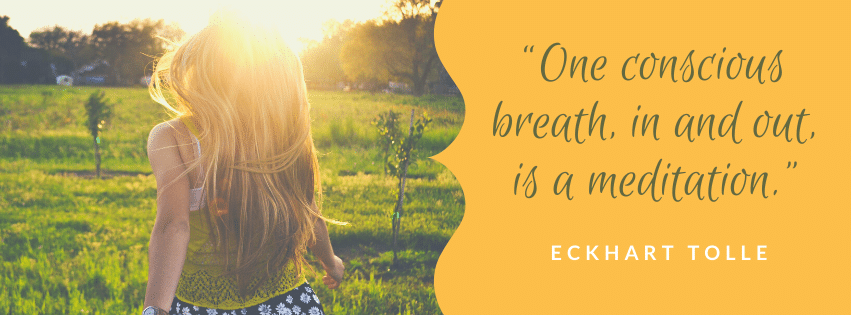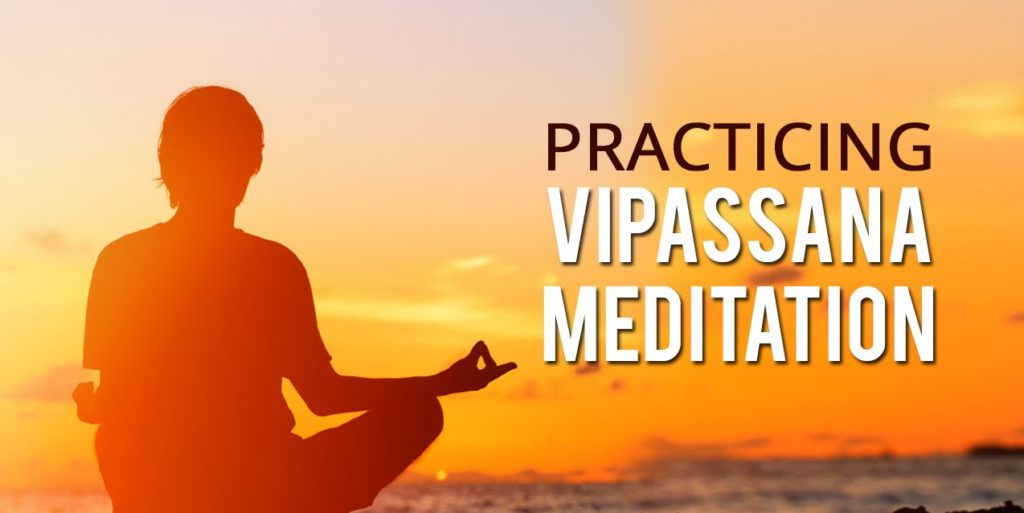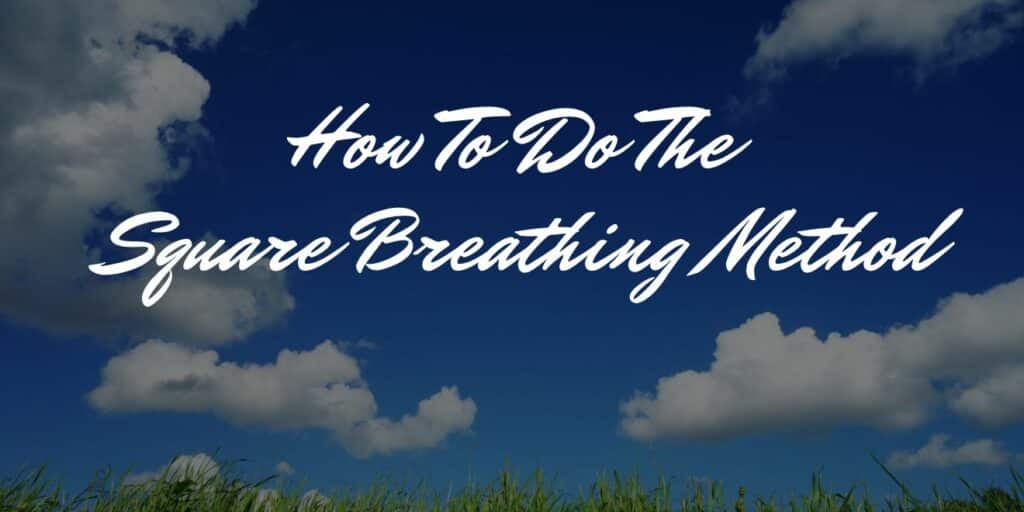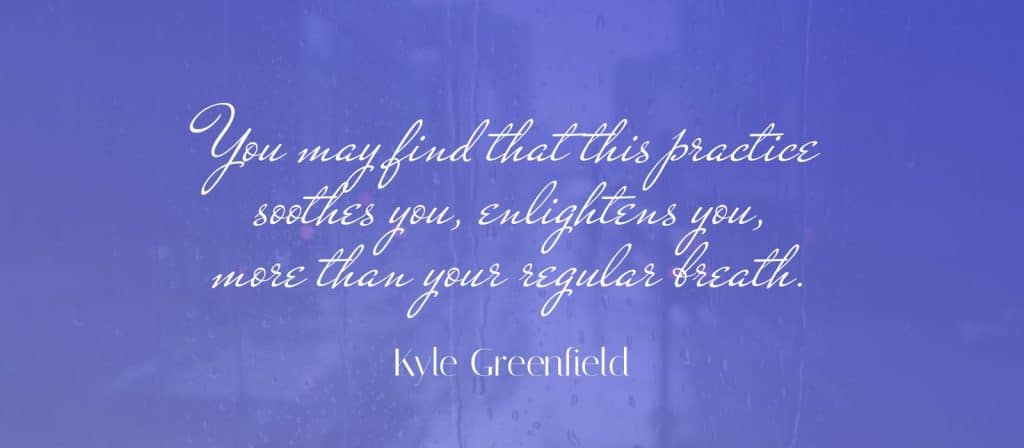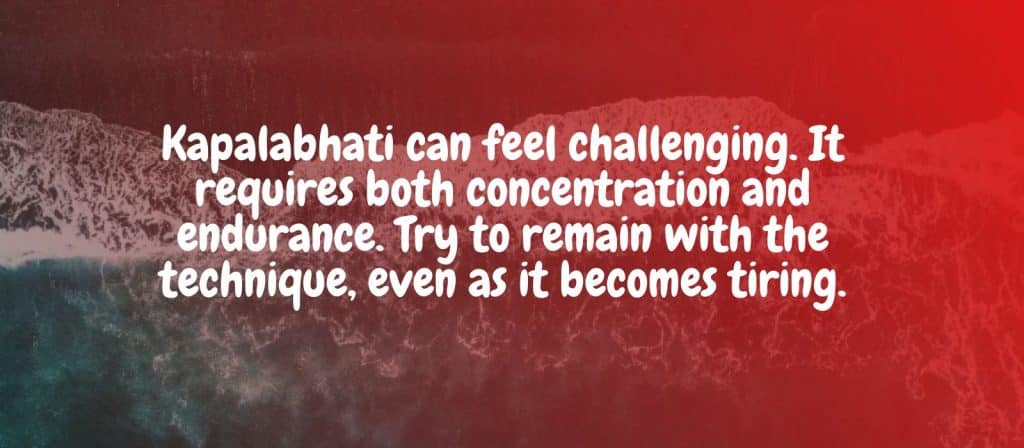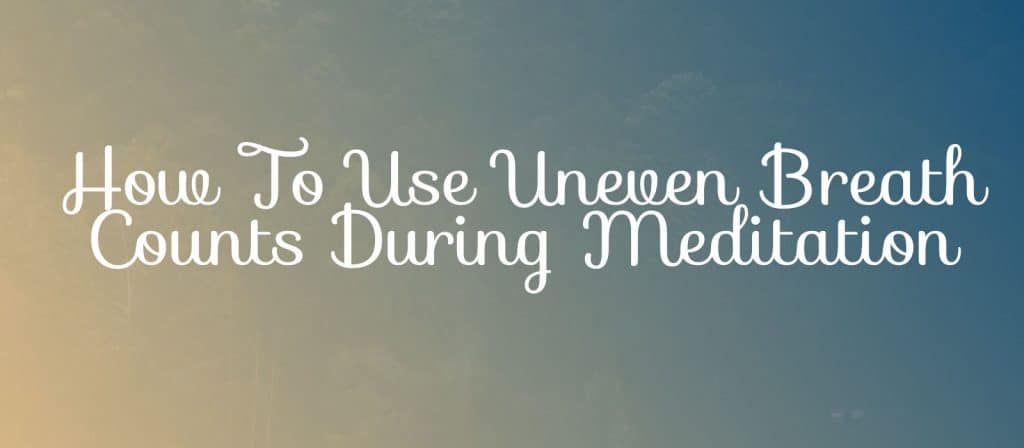Breath Exercises
Featured Playbook: Breathwork Mastery
One conscious breath is all it takes to find center.
Our breath governs much of our mental and physical health.
In this playbook, you’ll learn powerful techniques you can use anytime, anywhere to master your breath and create more peace, joy, and well-being in your life.
By the end of the course you will:
- Learn simple breath techniques you can use anytime, anywhere.
- Master the art of connecting with your breath.
- Be able to use your breath to manage your energy and mood.
Getting Started With The Breath
Gaining control of your breath is one of the single, most important steps you can take to improve your overall health and vitality, increase your ability to concentrate, and achieve deeper states of meditation, peace and bliss.
Both your mind and your body follow the cues of your breath, and these exercises allow you to use this connection to step back, gain a higher sense of awarenesss, and propel you towards your goals!
Simple Breath Technique for Beginners: “Now, I Am Breathing In”
This is an excellent exercise for beginners, and you can do it anytime, any where, whether you only have a few seconds or can sit for a longer meditation.
The exercise is quite simple. Draw your attention to your breath by silently repeating a simple mantra to yourself.
- When you inhale, think: “Now I am breathing in.”
- When you exhale, think: “Now I am breathing out.”
Click Here to Listen to a Guided Meditation Using This Technique
The Space Between The Breaths
Another great technique you can practice is to begin paying attention to the space between the breaths.
You may not have thought about this idea before, but every time you breathe, there is a slight pause between your inhale and exhale. This pause occurs both at the top of your breath (after your inhale) and at the bottom of your breath (after your exhale).
When you feel tense, stressed, or otherwise upset, this pause is short, and you will begin your next breath quickly and hurriedly.
When you are relaxed, happy, and at ease, the pause lengthens.
The aim of this exercise is, first and foremost, to notice that this space exists. As you notice the space, it will likely lengthen, as you will naturally begin to feel a little calmer. Do not force the space to lengthen, but allow whatever space feels comfortable for you to pause between each breath.
Rest calmly in this space. Observe.
Click Here to Listen to a Guided Meditation on Spaciousness.
Stepping Back to Breathe
One of the most important techniques you can master is also one of the easiest.
Paying attention to your breath is the single, most important skill you can develop. It will help you to increase the level of peace and happiness you feel everyday, while also increasing your health and vitality, and helping you to achieve any goal you set for yourself.
For this breath exercise, all you have to do is to take a few moments consistently, throughout the day, to remember to breathe. Take the time to step back from whatever you’re doing, and simply notice your breath.
If you’d like, take a long inhale and exhale with a loud sigh. If you feel tense, repeat this cycle two or three times.
Then, allow your breath to return to its normal cycle, and notice the stillness, peace, and openness you feel through it.
Click Here to Learn More About Stepping Back to Breathe.
Additional Breath Exercises
Vipassana Breath Technique
Vipassana helps you to develop a single point of focus.
With a Vipassana practice, the aim is to focus the mind by concentrating on a single point as you breathe.
Most commonly, this practice is done by focusing on the tip of the nose, where the air enters and leaves the body.
Box Breathing
Box breathing is an even, calming breath practice.
Also known as square breathing, this technique focuses on developing an even pace of breath.
To practice box breathing, maintain a steady count to spend equal amounts of time on all four phases of the breath: inhaling, holding the breath in, exhlaing, and holding the breath out.
Join Now to Unlock a Guided Version of this Exercise.
Alternate Nostril Breathing
This soothing breath develops a calm lightness in the forehead.
Also known as Nadi Shodhana, alternate nostril breathing has the practitioner block one nostril at a time, alternating a full cycle of breath breathing in and out of each side of the nose.
Kapalabhati Pranayama
Kapalabhati – skull-shining breath – is a fiery practice.
This intense breath technique uses a method of rapid, short, strong exhalations and reflexive inhalations to create an active life-force energy in the forehead.
Uneven Breath Counts
Uneven breath counts are a great way to quiet the mind.
The slight asymmetry in this practice approaches the practice of breathing from an unusual perspective, requiring the mind to focus in a new way, helping to release unwanted thoughts and negative patterns.

